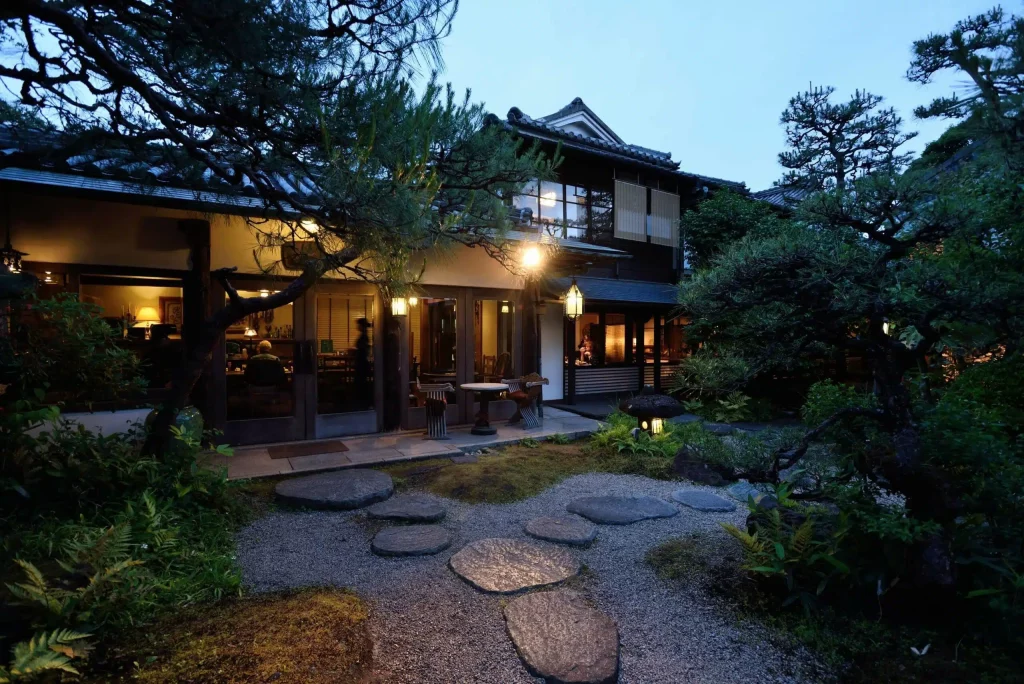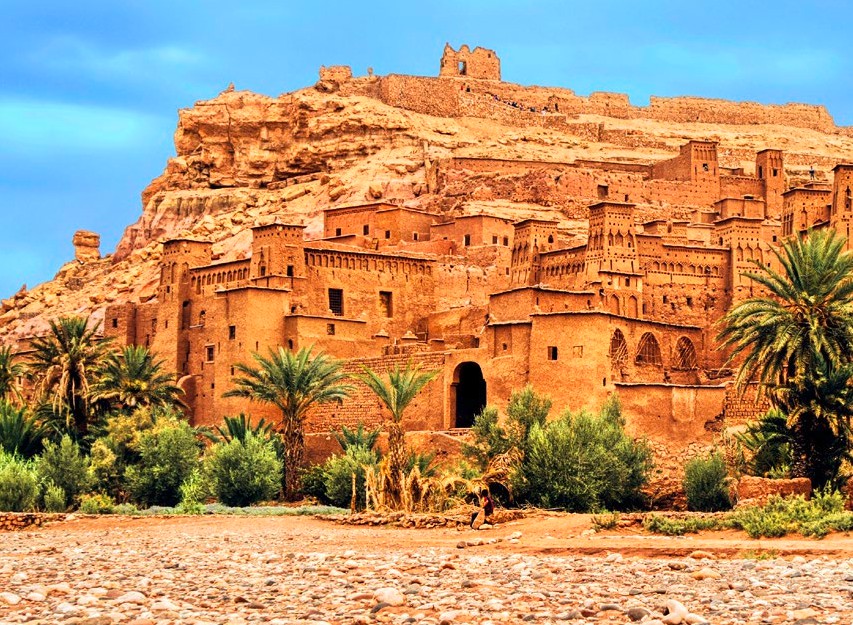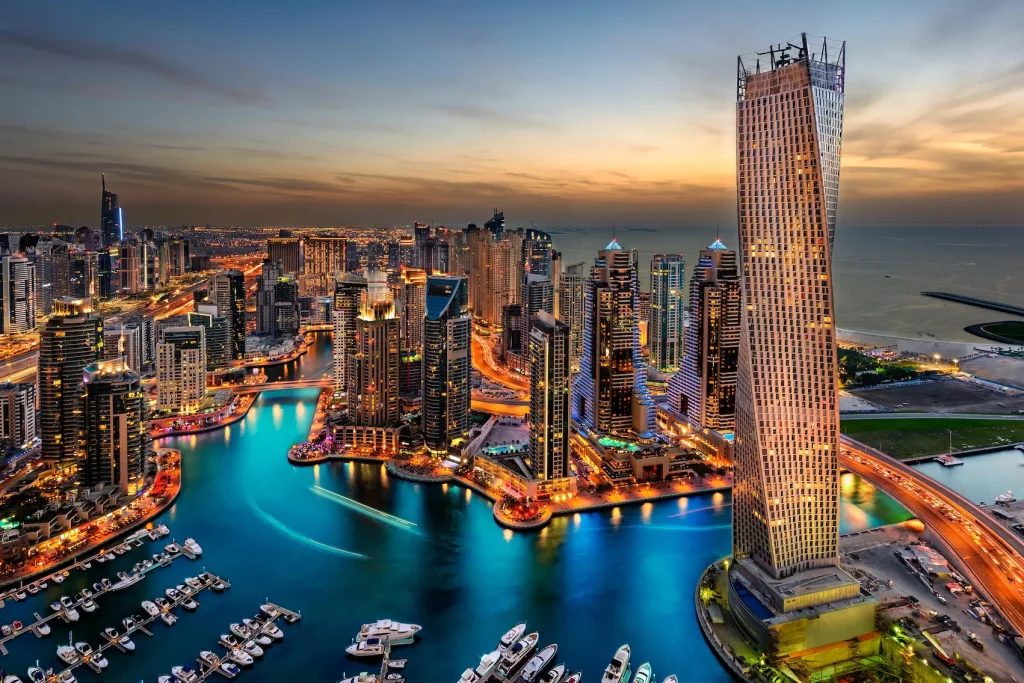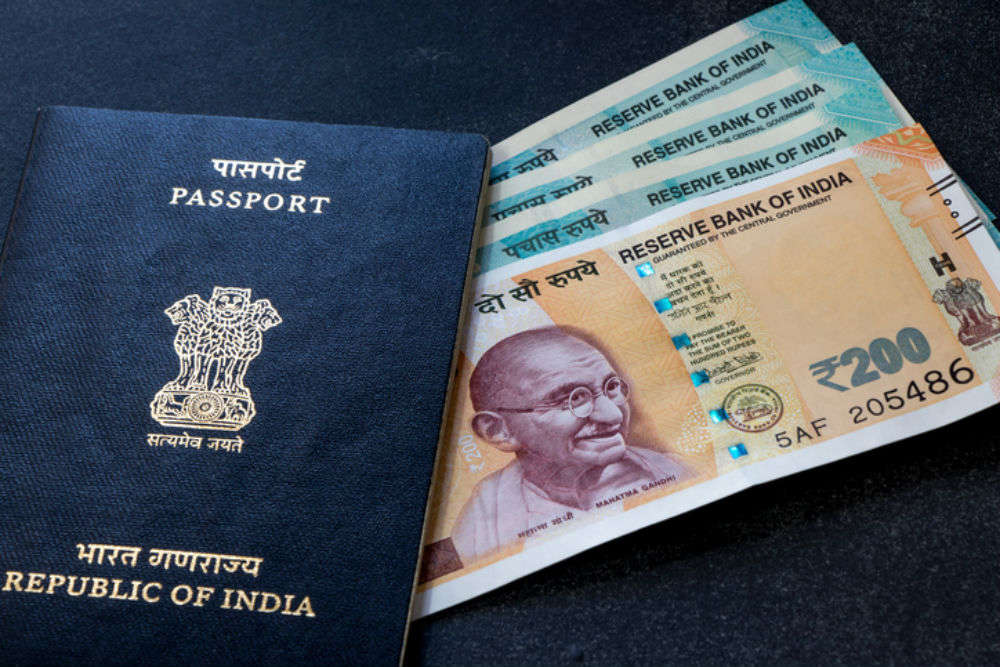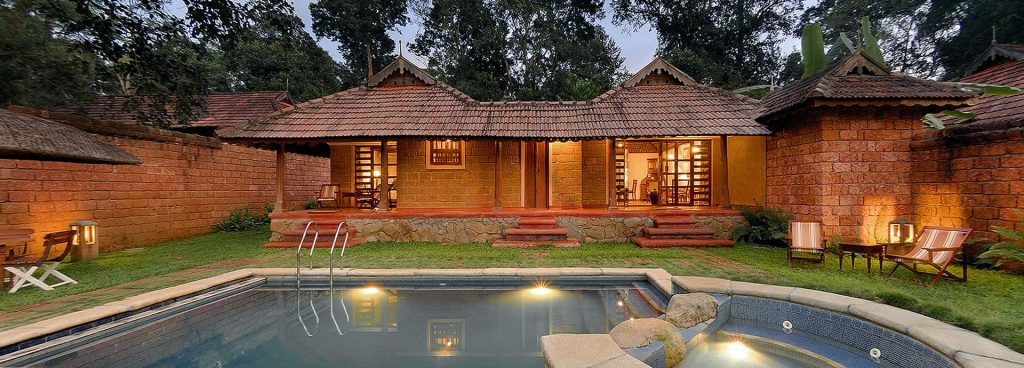Avoiding tourist crowds while traveling can make for a more authentic and relaxed experience. Here are some strategies to help you find places where tourists are less likely to go:
1. Stay in Local Neighborhoods, Not Tourist Centers
- Major Cities: Instead of staying in the heart of tourist zones, opt for residential areas or neighborhoods known for local life. For example:
- In Paris, stay in neighborhoods like Belleville or Canal Saint-Martin rather than near the Eiffel Tower or Champs-Élysées.
- In New York City, choose places like Greenpoint, Brooklyn, or Astoria in Queens instead of Times Square or Midtown.
- Small Towns & Villages: Consider staying in nearby small towns or villages that are a short drive or train ride from tourist hotspots. This gives you the opportunity to visit popular sites without staying in crowded areas.
2. Visit During Shoulder Season
- Avoid peak travel months (typically summer and major holidays) by visiting during the shoulder season (spring and fall). There are fewer tourists, and the weather is still pleasant in many destinations.
- For example, in Italy, try visiting in late April or October, when temperatures are still mild, but the crowds have thinned.
3. Choose Less Popular Alternatives
- Explore Underrated Destinations: Some regions or cities are just as beautiful but far less crowded. For example:
- Instead of Santorini, try the island of Naxos or Paros in Greece.
- Skip Venice in favor of Trieste or Bologna in Italy.
- Hidden Spots Within Popular Destinations: Even within busy areas, there are usually lesser-known spots. For example, in Barcelona, avoid Las Ramblas and explore the less-visited Poble Nou neighborhood.
4. Stay in Eco-Lodges or Rural Homes
- In many countries, eco-lodges, homestays, or rural farm stays provide a more serene experience. You’ll be far from the crowded tourist hubs, surrounded by nature or traditional local life.
- For example, in Costa Rica, you can opt for a rainforest eco-lodge, or in Japan, stay in a remote ryokan in the countryside.
5. Travel to Remote or Less Accessible Areas
- If you’re looking for ultimate seclusion, consider traveling to destinations that are harder to reach. Fewer transportation options usually mean fewer tourists.
- For example, consider Lofoten Islands in Norway or the Azores in Portugal. These places are beautiful but not as overrun with visitors as more easily accessible locations.
6. Use Alternative Transportation
- Instead of arriving at tourist-heavy spots by major transportation routes (airports, cruise ports, etc.), try alternative methods like trains, buses, or even cycling. For example, cycling through Provence in France lets you visit smaller villages most tourists miss.
By choosing off-the-beaten-path locations and timing your visits to avoid peak tourist seasons, you can enjoy a more peaceful, authentic experience while traveling.

